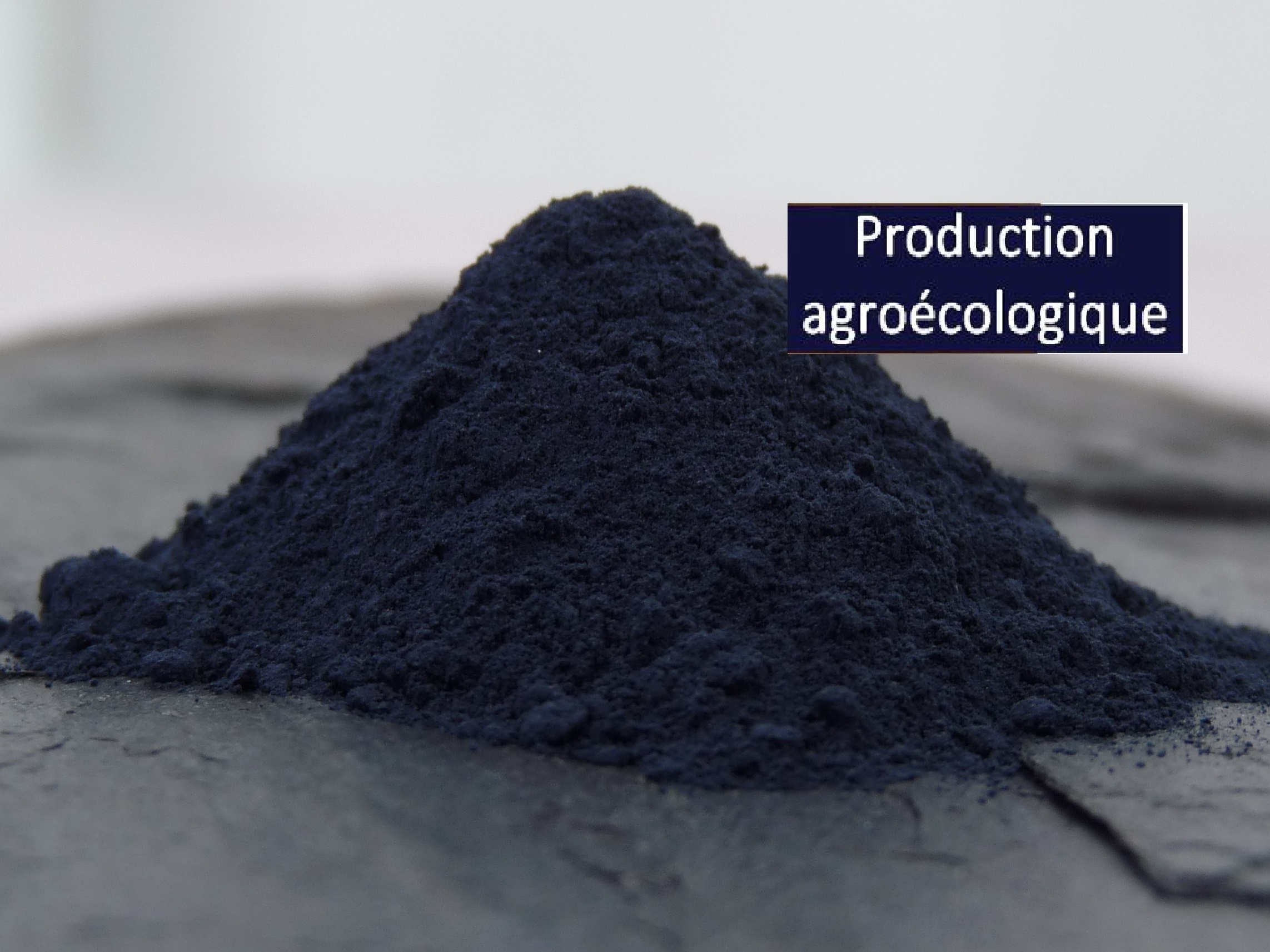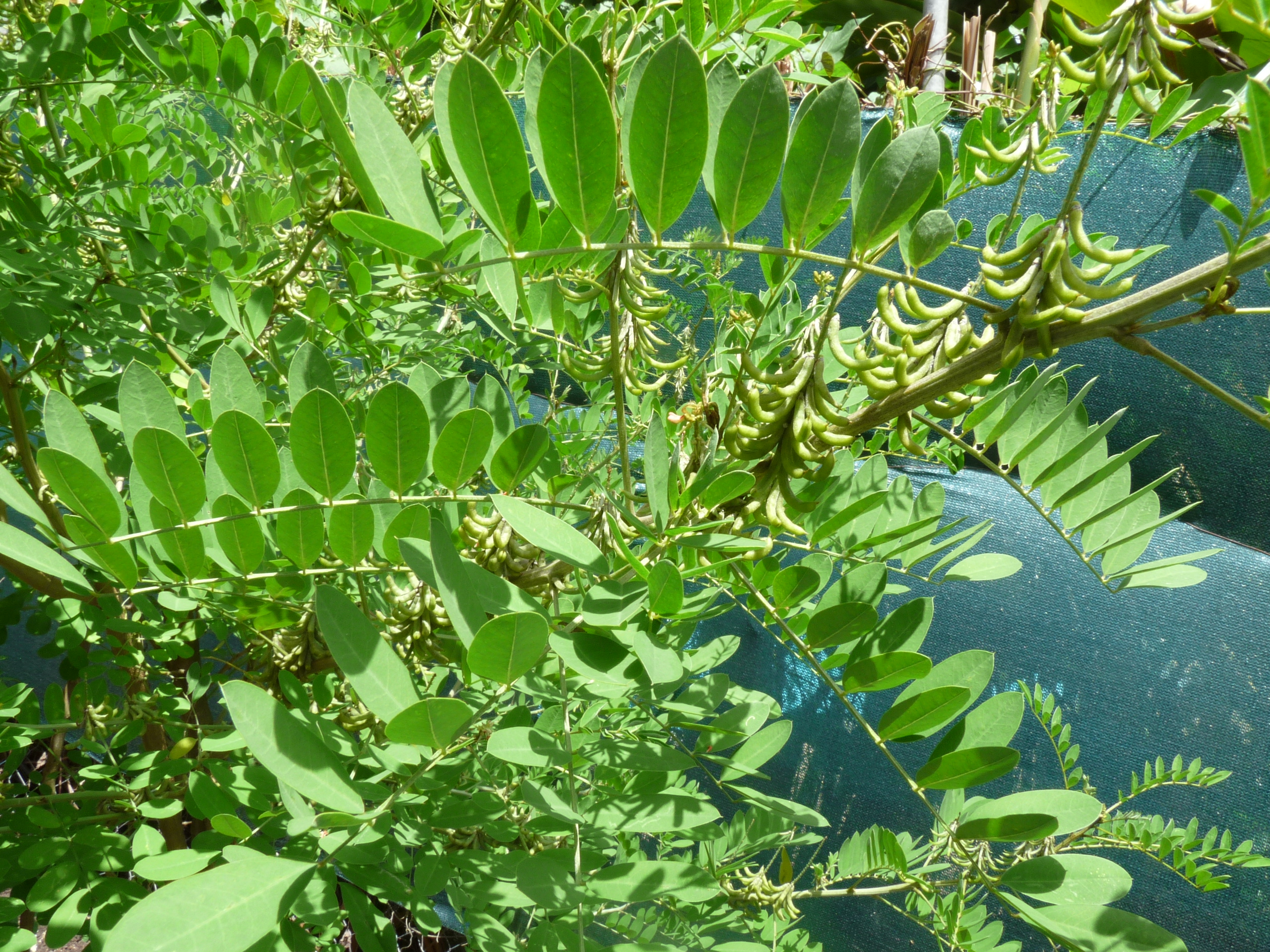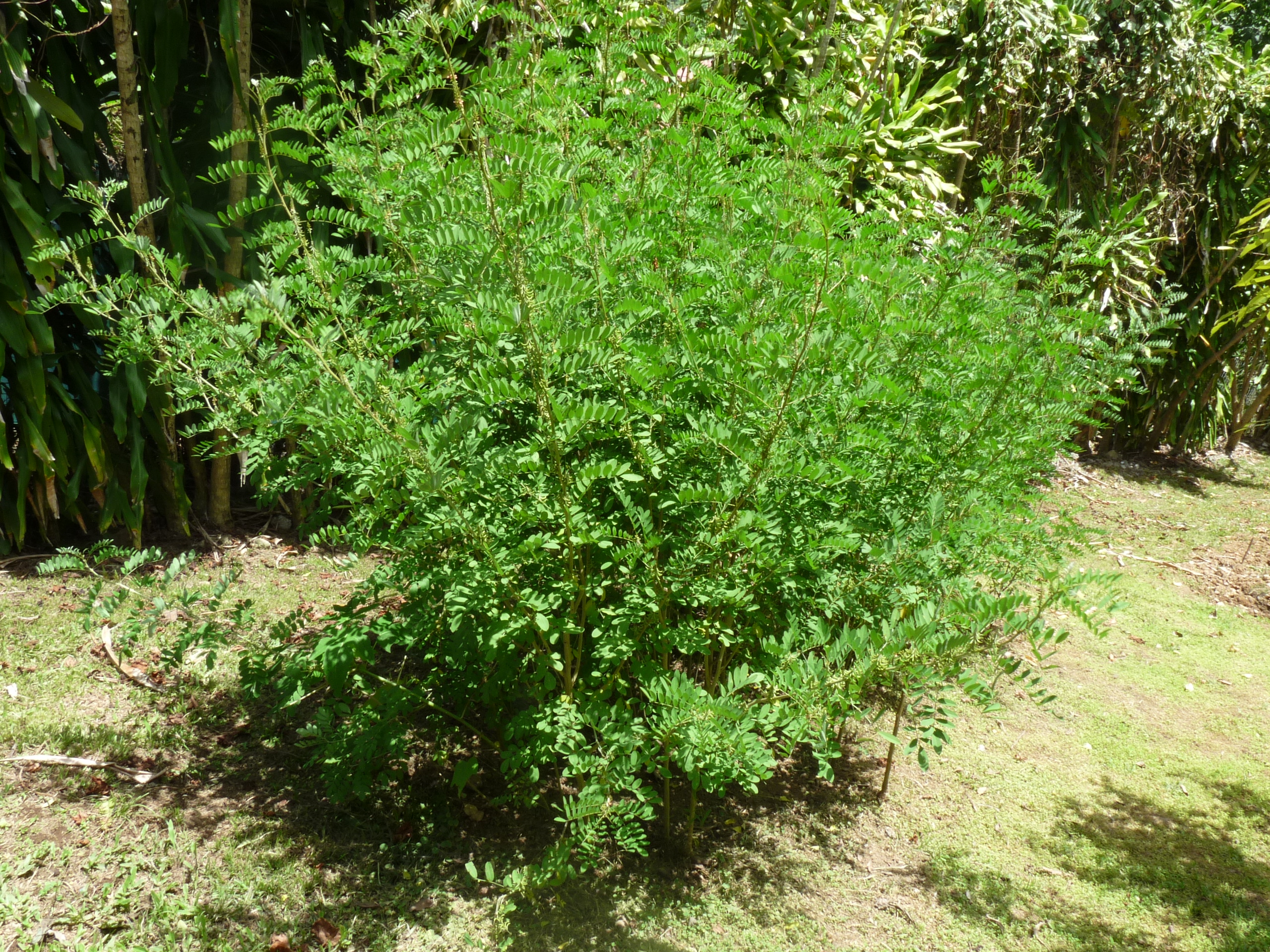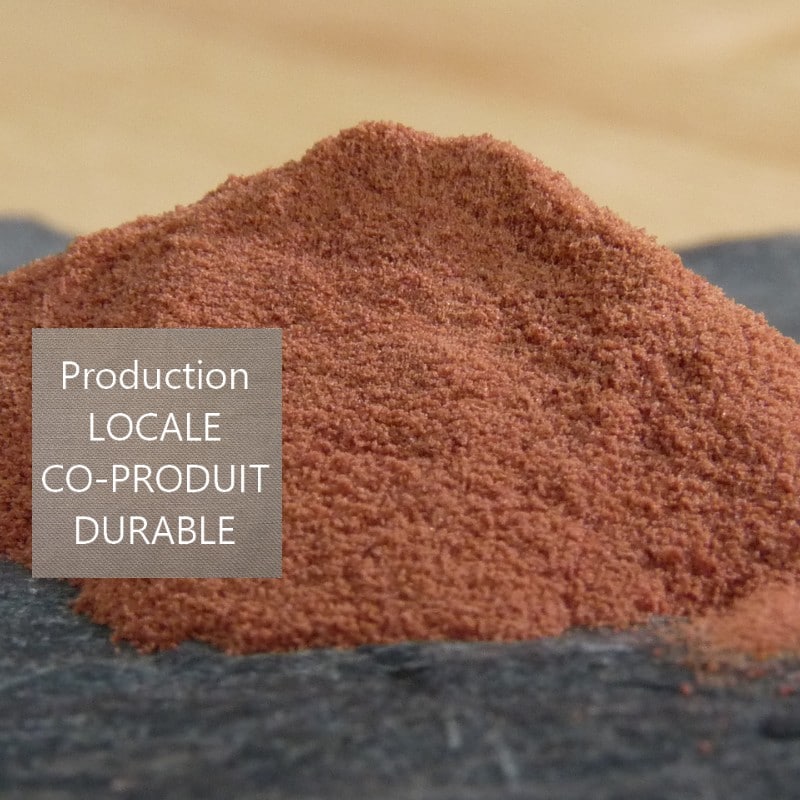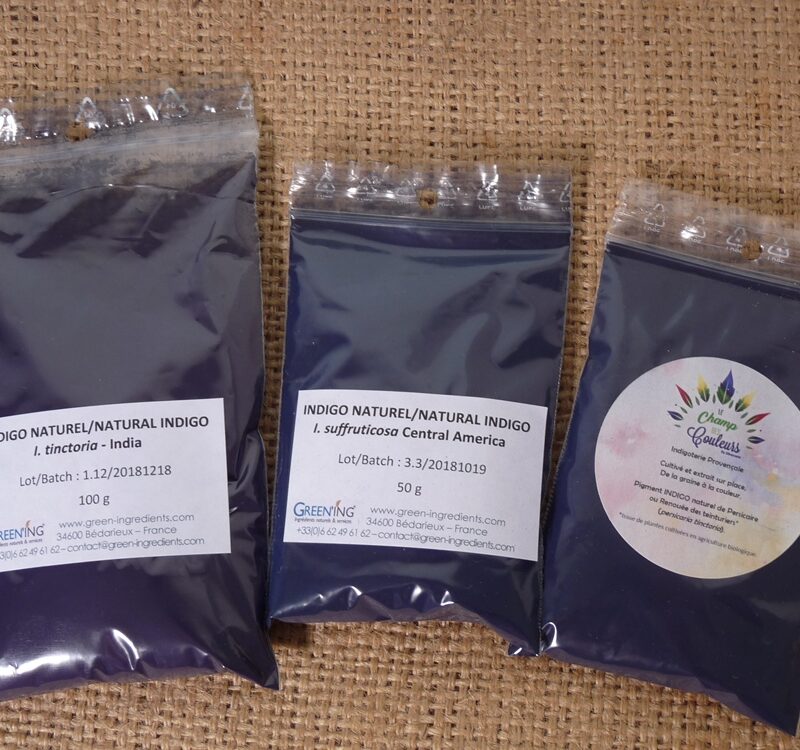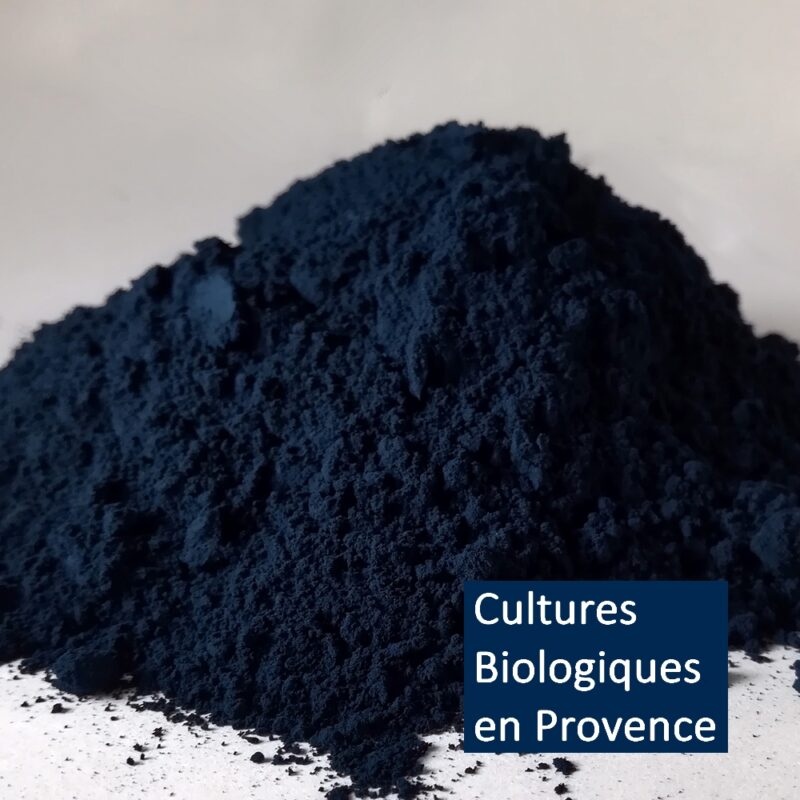Description
SIMPLY THE BEST NATURAL INDIGO OF THE WORLD! EXCEPTIONAL QUALITY (color, odor, texture…)
A new natural blue pigment from Indigofera suffruticosa Mill. produced in Guadeloupe (West Indies) – by the company PHYTOBÔKAZ – from organic & symbiotic crops located in medium mountains and hosting two endemic bees of Guadeloupe. GREEN‘ING participates in this development
This natural indigo, with no equivalent in indigotin content, is the result of a scientific project, based on both traditions and new technologies.
100 % natural blue pigment, manufactured from fresh leaves.
Main components : natural indigotin min 50%. Product in powder.
Product details : Indigo de Guadeloupe – Presentation (in French only).
Use :
Textile dyeing : lindigo dyeing allows to obtain a whole range of blues, from the very light to the very dark, of a very great solidity to the washing and the light.
Its use in textile requires to make it pass from an oxidized state (blue pigment, insoluble) to a reduced state (greenish yellow dye, soluble) which will allow its fixing on fibers before being oxidized again (thanks to the oxygen of the air – a magic stage which develops the blue color). These reactions are obtained by preparing natural tanks (using fructose syrup and slaked lime for example – tank type 1-3-2).
You can use our fructose optimised dyeing recipe (based on the principle of 1-3-2 dyebaths).
The indigo can be easily combined with other dye extracts (yellow, red for example) to widen the pallet of shades (green, purple…).
Paintings, decoration, fine arts : the indigo is then directly used as a natural pigment, after homogenizing into the selected binder or medium. It may be necessary to grind the pigment into the medium in order to develop the colour and avoid big particles.
Other uses : cabinetmaking, ink.
The plant :
Indigofera suffruticosa Mill. is a shrub of 60-120 cm high. Its origin is not well known.
This species native to Central America was the main source of indigo for the pre-Columbian civilizations of Mexico and Peru. It has been intensively cultivated and introduced in many tropical regions.
It differs from Indigofera tinctoria in having softer green foliage, crescent-shaped pods, adaptation to mid-altitude areas and often a higher indigotine content.
The production of natural indigo developped in Carribean islands and especially in Guadeloupe from 1630. In 1696, 125 indigo farms were producing natural indigo, mainly for the European manufactures. The renewal of this indigo from Guadeloupe is, therefore, part of this inheritage.

